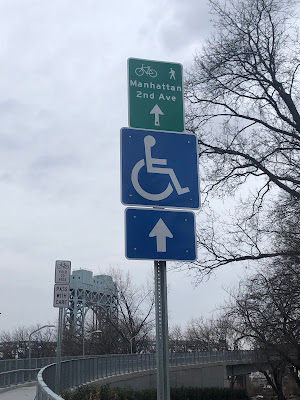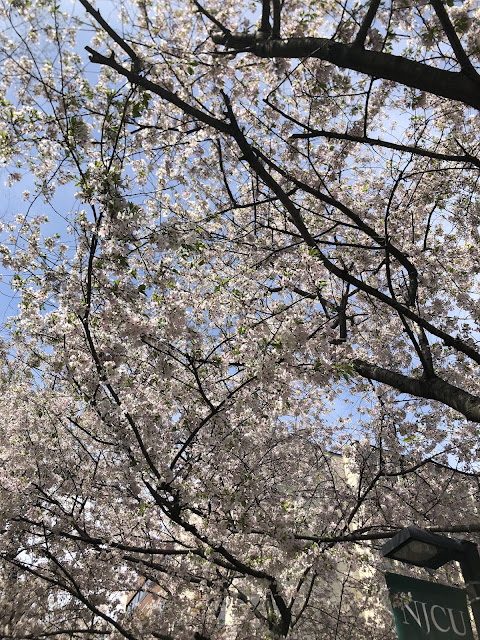Many years ago, during my second European bike tour, I visited Marseille, France in spite—or, given the kind of person I was, because—some people warned me that it was dirty and dangerous.
About the “dangerous” part: I had moved back to New York a few months earlier, just as the crack epidemic was unfolding. So I believed, like any true New Yorker (or someone who tries to seem like one) that no place could present greater perils than what Gotham could proffer.
I had no problems in Marseille. Parts of it were gritty, yes, but even they seemed like the Ginza or Avenue Montaigne compared to where I was living. They did, however, have some pretty dive-y bars and cafes, which isn’t surprising when you consider that it’s a seaport. (Not for nothing was it the “French Connection.”)
Speaking of which: The city seemed to have its own distinctive odor: a combination of fish and brine, tinged with bits of sisal and smoke.
On the Shinkansen, I realized that was a reason why Osaka reminded me somewhat of Marseille. Japan’s third largest city seemed to have its own distinctive aroma, everywhere I turned. It wasn’t at all unpleasant, though it made me hungry: I felt that wherever I turned, I could smell food being prepared. Near my hotel, and around the Doutonbori, frying tempura batter, scallions and soy sauce (or something like it) filled the air. Along other streets and byways, I could follow my nose to steaming fish and meats, sizzling takoyaki and bubbling ramen broths.
No wonder I felt hungrier leaving Osaka Castle than any other museum or monument I’ve ever visited! While learning about the castle‘s—and Japan’s—history and art might have been enough to whet my appetite (Is that why people like to have lunch or dinner after museum visits?) the olfactory enticements to eat seemed to be everywhere.
While there are temples and other historic and cultural sites in Osaka, there aren’t quite as many as in Kyoto, which is practically a World Heritage Site or Tokyo, which is a much larger city. One explanation I’ve heard and read is that Osaka had many military-related industries and thus was a major target of Allied bombings during World War II, while Kyoto, which didn’t have those industries, was spared.
But does that account for all of the eateries, street foods and the ever-present aromas of Osaka? Does steam from bowls of udon noodles rise from the smoke (and ashes) of munitions factories?




.jfif)





























